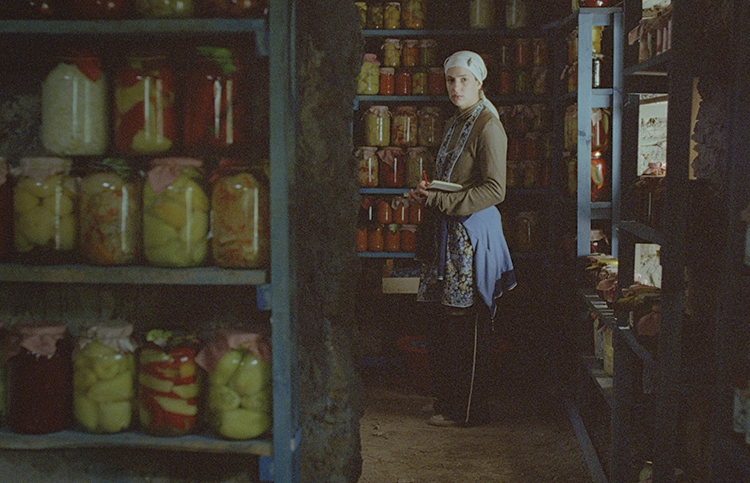In September 2000, the heads of state of some 180 countries gathered at the United Nations Headquarters in New York. Like the rest of us, they saw the millennium as a watershed – an opportunity to leave behind the regrets and unfulfilled promises of the Enlightenment and forge new aspirations. They wanted to tap into the hope that such moments in human history inevitably raise, and to map pathways towards the future that beckoned. What was acknowledged at the meeting was the stark reality that millions of people did not, indeed could not, share the optimism of the millennium. If the 21st century was to write itself a better history, then the world’s poor needed the hope of a future opening up for them. In response, those leaders voted to adopt the United Nations Millennium Declaration. They would commit their countries to a global partnership, the sole aim of which was to end ext reme poverty, and to do that within the first 15 years of the new millennium.
The ultimate outcome of that high-powered meeting was the production of the Millennium Development Goals (MDGs): a road map to tackling the world’s main development challenges. Though they break down into 21 quantifiable targets, which are measured by some 60 indicators, the MDGs are usually stated simply as eight objectives: to eradicate extreme poverty and hunger; to achieve universal primary education; to promote gender equality and empower women; to reduce child mortality; to improve maternal health; to combat HIV/AIDS, malaria and other diseases; to ensure environmental sustainability and to develop a Global Partnership for Development.
These commitments offer an unsurpassed breadth and depth to the arena of global development. But the question that hangs over these goals is a reasonable and vital one – are they on track? Can the poorest of the poor expect their lives to have significantly improved by the UN’s self-imposed deadline of 2015? The open and honest assessment of the United Nations own progress report published in 2008 was that, while significant advances have been made in some important areas, the project as a whole is being jeopardised by failings that urgently need addressing. Commenting on the report’s findings, Ban Ki-Moon, Secretary-General to the United Nations, personally lamented that, while ‘the international community pledged to “spare no effort to free our fellow men, women and children from the abject and dehumanising conditions of extreme poverty” … we are not on track to fulfil our commitments.’ What that can mean in cold, hard facts is this: the overarching goal of reducing absolute poverty by half is within reach; primary-school enrolment is at least 90%; the number of deaths from Aids has fallen from 2.2m in 2005 to 2m in 2007; there has been small but significant growth in the participation of women in the political process.
But this is not a time for backslapping and glad-handing, or for taking our eyes off the ball. For every positive gain, there are an array of goals and targets that are unlikely to be met unless there is a redoubling of effort and the implementation of urgent corrective action in some key areas. For example, the proportion of people in sub-Saharan Africa living on less than one dollar per day is unlikely to be reduced to the target of one-half. About one-quarter of all children in developing countries are underweight, and so face a future blighted by the long-term effects of undernourishment. Half a million women die annually from preventable complications during pregnancy and childbirth. Some 2.5bn people (almost half the developing world’s population) live without adequate sanitation. More than one-third of the growing urban population in developing countries lives in slum conditions. International trade negotiations are years behind schedule, and many industrialised nations are failing in their commitments to reduce carbon emissions. As a result, global warming is hitting developing countries first and hardest.
At the heart of the MDGs is the recognition that breaking the cycle of poverty requires a range of simultaneous actions. It’s no good trying to tackle education or gender inequality without, for example, dealing with the issues of sanitation and access to a clean, sustainable water supply. It is usually the women and children of a community who are tasked with the time-intensive job of fetching water. What’s more, lack of sanitation will usually mean that girls are removed from education before they reach puberty. This then becomes a vicious circle. If you don’t ensure gender equality and educate and empower women, then you are unlikely to ensure sustainable development, as it is the women of a community who are far more likely to invest time and resources into the real changes that are needed. The limited progress in empowering women and achieving gender equality is a pervasive shortcoming that extends beyond the specifics of the third goal.
The problem is that while the MDGs exist because of the need to achieve all eight aims, in order to realise the main objective of eradicating extreme poverty by 2015, the reality is that there is disparity of investment and profile between the goals. To take the issues of water and sanitation once more, the UN’s own 2006 Development Report recognised that this particular crisis ‘elicits only the most minimal and fragmented response’. Though the long-term economic benefits of investing in a clean water supply and sanitation system are without question, governments are often unwilling to pour the amounts of money required into the infrastructure needed. For political reasons, they would much rather be seen putting up schools or building hospitals, which bring kudos to their term in office. Sinking an increased proportion of a country’s GDP into latrines, the economic benefits of which might not be realised until their political rivals have taken power, is not so popular. Added to this lack of political will, celebrity cachet also impinges on the imbalance within the MDGs. As Girish Menon, International Operations Director of WaterAid observes, ‘HIV/Aids would not have got so much attention without the interest of celebrities such as Bill Gates and Madonna. We need people like that, and the media, to start talking about sanitation.’
While disparity of investment and profile is one problem, the protracted nature of the development task is proving to be an equal challenge. Again, the comments of Ban Ki-Moon make for sober reading: ‘The tasks have become more challenging because the largely benign development environment that has prevailed since the early years of this decade, and that has contributed to successes to date, is now threatened. We face a global economic slowdown and a food security crisis, both of uncertain magnitude and duration. Global warming has become more apparent. These developments will directly affect our efforts to reduce poverty. The economic slowdown will diminish the incomes of the poor; the food crisis will raise the number of hungry people in the world and push millions more into poverty. Climate change will have a disproportionate impact on the poor.’
The positive statistics coming out of the UN’s MDGs Progress Report should be welcomed. However, they only provide a qualified hope for the future of the world’s poverty-stricken peoples. For even the most up-to-date statistics available have not foreseen, nor do they account for, the current global economic downturn and the inevitable detrimental effects this will have on the aspirations of the MDGs. If the economic situation of developing countries is impacted significantly – and this increasingly looks inevitable – then the current positive outcomes can be scrapped as an indicator of the progress we are making. What’s more, as the global economic downturn deepens, the spectre of economic protectionism is beginning to raise its head. Fix the problems at home first, and blame ‘others’ for the world’s financial woes and shore up the national economy. The richest nations are showing signs of implementing ‘beggar my neighbour’ policies, such as the newly elected US Government’s ‘Buy American’ clause that appeared in the draft of its multi-billion-dollar economic stimulus. Despite reassurances from the G7 meeting back in February that the largest industrialised nations would avoid protectionist measures, it is by no means certain that they will hold to this commitment. Nor is it clear at this stage what the long-term impact is going to be on the global economy and the MDG targets.
Due to its necessarily protracted timeframe, the current global context and the pervasiveness of entrenched human poverty around the world, the MDGs have to be regarded as an archetypal ‘work in progress’. But while this phrase is so often employed as a disparaging observation, the emphasis here must be placed upon the need for continued progress, whatever the setbacks. Even in the unlikely event that the MDGs are reached by 2015, the nations of the world should recognise them only as a foundation for future development objectives, rather than a project to be signed off as completed. In rhetorical mood, the 2006 UN Human Development Report laid out the challenge ahead: ‘From a human development perspective, the real question is not whether the world can afford to achieve the Millennium Develop Goals target. It is whether it can afford not to make the investment – and, indeed, whether we can afford not to go beyond the targets.’















